Indigenous Governance Database
tribal justice systems
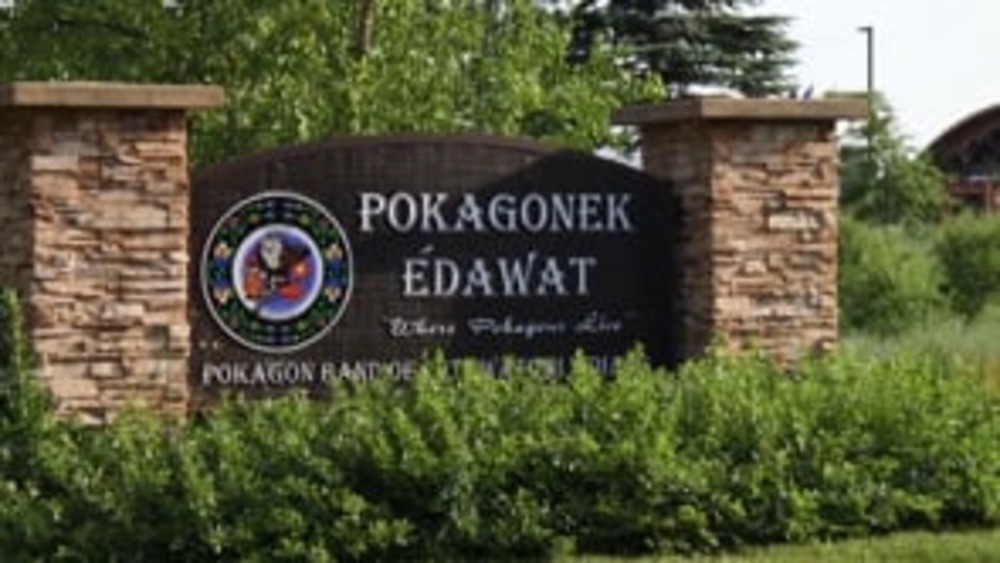
Warrior Lawyers: Defenders of Sacred Justice (Trailer)
'Warrior Lawyers: Defenders of Sacred Justice' is a one-hour PBS documentary that is particularly timely and relevant given our country's current reckoning with racial inequity and systemic racism. The program focuses on the stories of Native American Lawyers, Tribal Judges and their colleagues who…
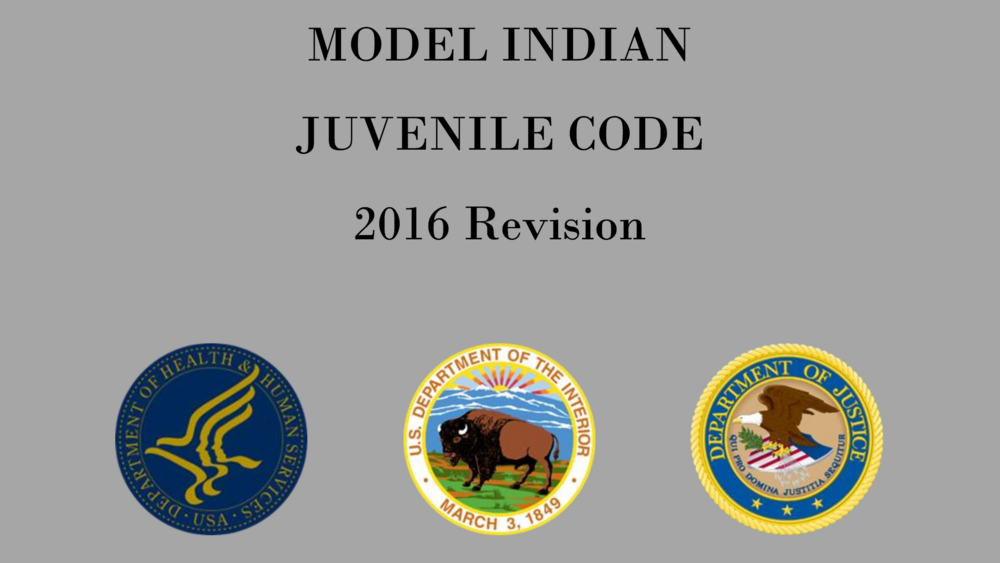
Model Indian Juvenile Code, 2016 Revision
Since the creation of the original Model Indian Juvenile Code, much has changed in the field of juvenile justice. In recent years, research has shown that adolescent brains develop later in life than previously thought, and common approaches to juvenile justice in the United States are often…
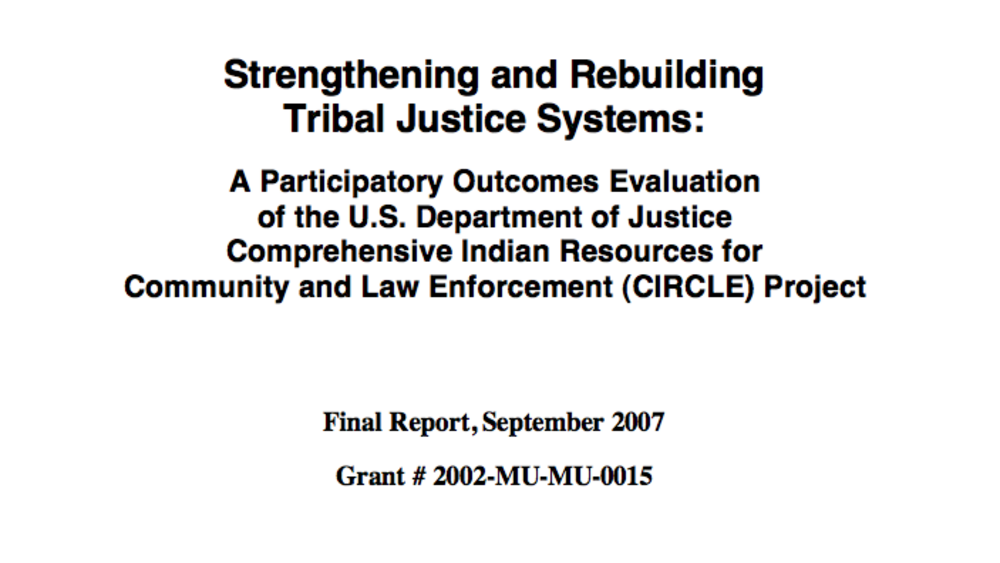
Strengthening and Rebuilding Tribal Justice Systems
Assesses the U.S Department of Justice's Comprehensive Indian Resources for Community and Law Enforcement (CIRCLE) Project, which aimed to help participating tribes implement strategies for making the individual components of their justice systems work better in addressing crime and related social…
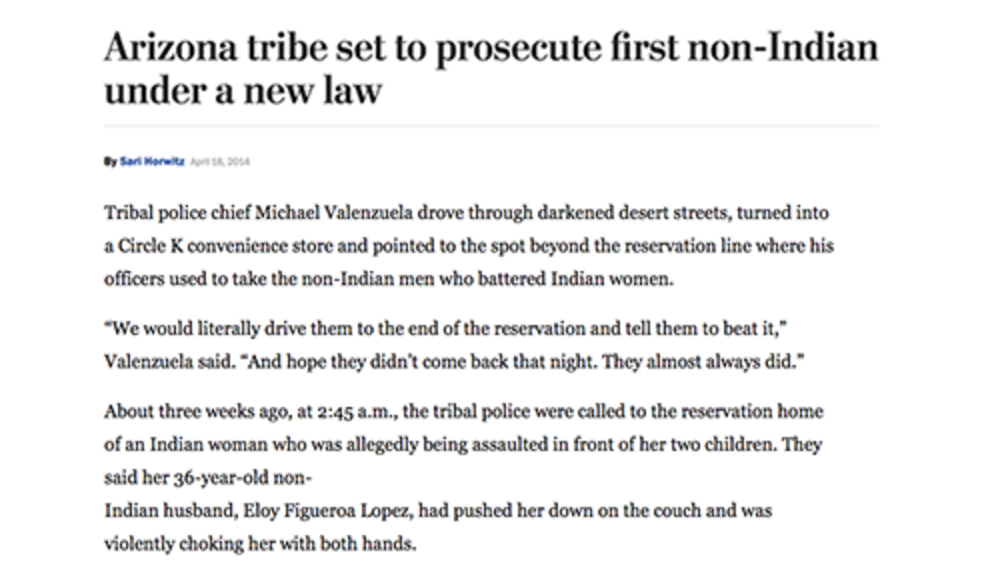
Arizona tribe set to prosecute first non-Indian under a new law
Tribal police chief Michael Valenzuela drove through darkened desert streets, turned into a Circle K convenience store and pointed to the spot beyond the reservation line where his officers used to take the non-Indian men who battered Indian women. “We would literally drive them to the end of the…
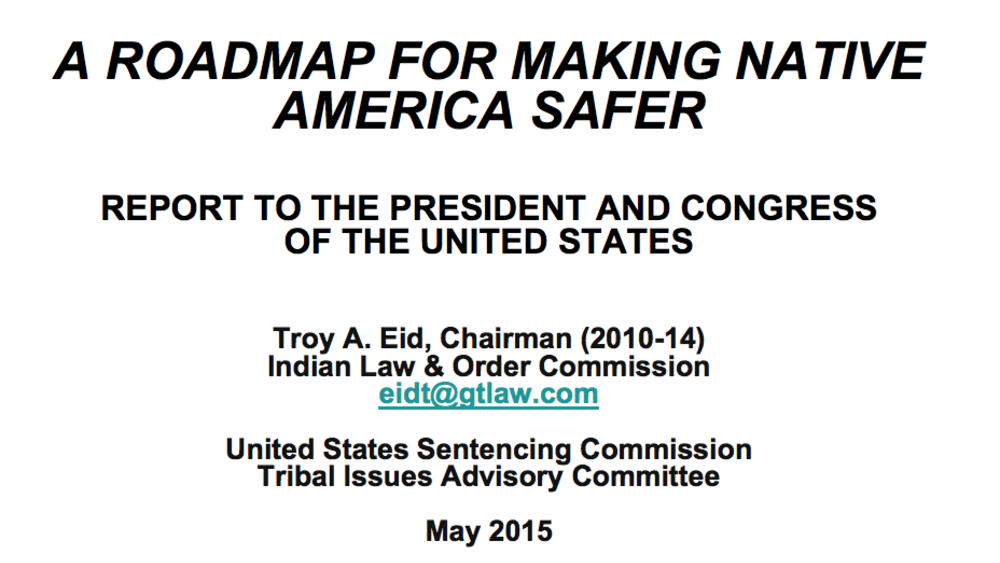
A Roadmap For Making Native America Safer: Report To The President And Congress Of The United States
A Roadmap for Making Native America Safer (Roadmap) provides a path to make Native American and Alaska Native communities safer and more just for all U.S. citizens and to reduce unacceptably high rates of violent crime rates in Indian country. The Roadmap is the culmination of hearings,…
